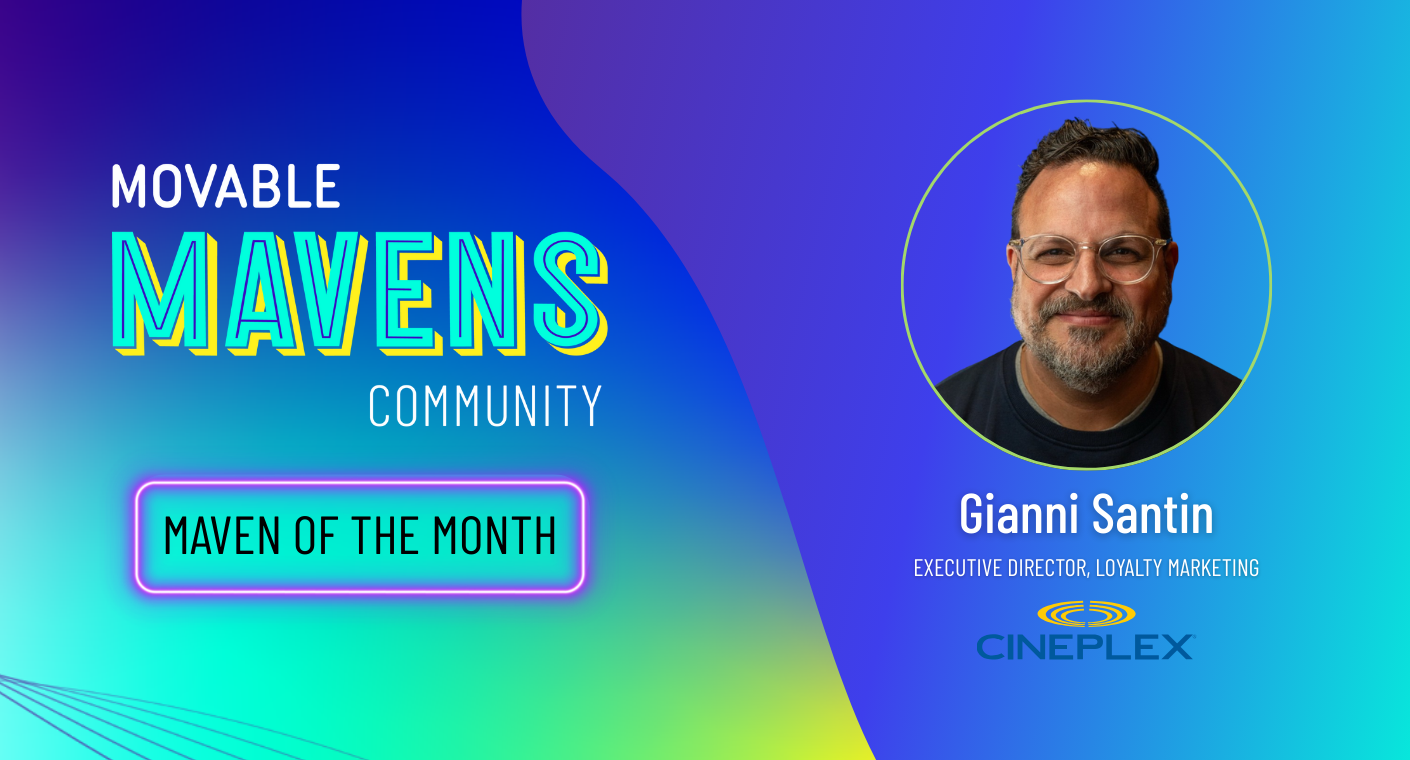Blog
Check out what the world's marketing mavens are reading to bring their personalization strategies to life.

There's nothing here... Try looking for something else.
Our Retail AI Report drops January 27.
What’s working, what’s lagging, and why owned channels are becoming the engine of performance.
Check out what the world's marketing mavens are reading to bring their personalization strategies to life.

There's nothing here... Try looking for something else.

%20copy.png)